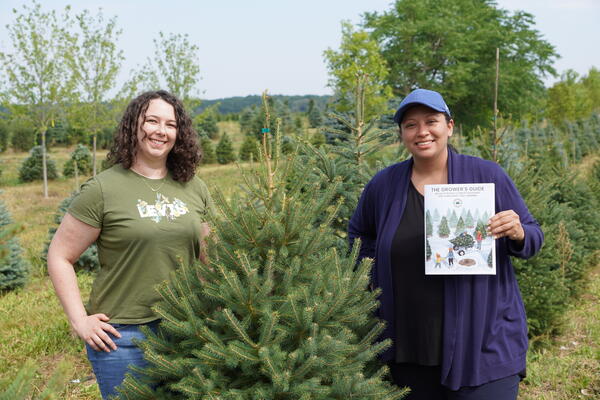
Getting a Grip on Canada’s Top Climate Cost – Municipal Flooding
Ahead of the spring melt, Canadian municipalities now have a cost-effective and user-friendly “Check-Up” to assess and limit flood risk

Ahead of the spring melt, Canadian municipalities now have a cost-effective and user-friendly “Check-Up” to assess and limit flood risk
By Media RelationsA new tool – the Municipal Flood Risk Check-Up – launched today by the University of Waterloo's Intact Centre on Climate Adaptation, will help Canadian municipalities to assess flood hazards, level of flood preparedness, and actions to limit future flood risk.
The need for this Check-Up is now. Canada’s National Risk Profile, 2023, identified that the country is not ready for flooding. 10 per cent of Canada’s housing market is uninsurable for overland flooding, and homes in flood impacted communities have sold for up to 17 per cent less following a flood event. As seen during floods in Nova Scotia in 2023, preparedness would not only have limited financial losses, but more importantly, four lives lost to torrential flows may have been saved.
The Check-Up tool was developed by 53 flood experts over two years, including representatives from all levels of government, and the municipal insurer Intact Public Entities.
“When it comes to reducing flood risk, actions speak louder than words,” explains Joanna Eyquem, co-author of the Check-Up and Managing Director, Climate-Resilient Infrastructure at the Intact Centre. “Identifying a full range of actions as part of their flood risk management toolbox is challenging for many communities - that is the gap the Check-Up is designed to fill.”
While all levels of government have a role to play, municipalities are at the frontlines of flood risk management. Starting in 2024, they can apply for funding to reduce climate risks through the Federation of Canadian Municipalities (FCM) Green Municipal Fund. Where the Check-Up identifies vulnerabilities, FCM funding could provide support to limit potentially costly losses to homeowners and communities.
Such positive municipal action aligns with several National Adaptation Strategy targets, including:
“As climate change supercharges heavy rainfall events, local governments from coast to coast to coast are finding they are changing policies, infrastructure, and services in order to keep up with new realities”, stresses Carole Saab, CEO of FCM. “This tool allows local governments to benchmark their flood risk management practices against national best practices, identifying areas of strength and opportunities for improvement in the mission to keep communities safe from climate hazards.”
Municipalities can use the Check-Up to:
Robust tools to limit flood risk are not sufficient on their own. Support from multiple actors, including FCM, provincial and territorial municipal associations, standards organizations and insurers, will be critical to encourage widespread use of the Municipal Flood Risk Check-Up to really make on the ground change. The Check-Up may also inform development of a system to incentivize community flood risk management actions as part of the National Flood Insurance Program, announced in federal Budget 2023.
Driven by irreversible climate change, flood risk will continue to grow. The Check-Up provides a roadmap to reduce this risk that should be prominent in the fiduciary toolbox of municipalities.

Read more
Waterloo researchers are helping to make a much-loved holiday tradition more sustainable all year round

Read more
Researchers awarded funding to investigate ecology, climate change, repatriation, health and well-being through cultural and historical lens

Canada's coasts face increasing flooding and erosion with climate change.
Read more
Canada must act to protect the longest marine and freshwater coastlines in the world from the surge of climate change
The University of Waterloo acknowledges that much of our work takes place on the traditional territory of the Neutral, Anishinaabeg, and Haudenosaunee peoples. Our main campus is situated on the Haldimand Tract, the land granted to the Six Nations that includes six miles on each side of the Grand River. Our active work toward reconciliation takes place across our campuses through research, learning, teaching, and community building, and is co-ordinated within the Office of Indigenous Relations.